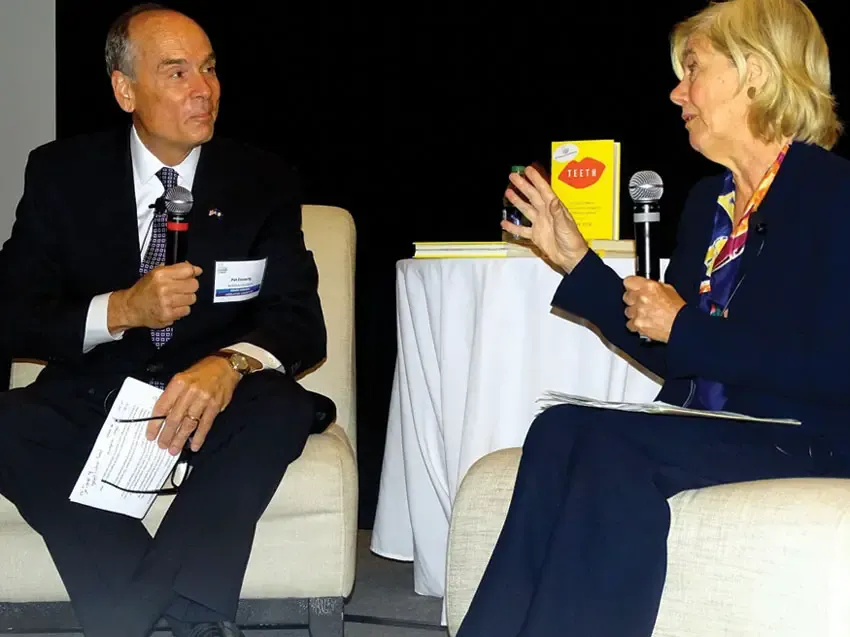Related

‘Is any of this even necessary?’ – some Henrico School Board members question the need for redistricting
Since September, the Henrico School Board has dropped a number of schools from its redistricting plan, and some board members feel uncertain about the current watered-down proposal. The board’s initial Sept. 11 proposal involved seven different scenarios that would move more than 1,800 students. But after pushback from
Click here to read more
How the Chick-fil-A menu led to national recognition for group of Tucker HS students
Four members, Chick-fil-A, and a dream. That’s all it took for a group of J.R. Tucker High School students to beat out more than 200 teams and land a spot in the Federal Reserve’s Journal of Future Economists. The Federal Reserve’s High School Fed Challenge is
Click here to read more
Virginia Lt. Governor-Elect joins Henrico food pantry for pre-Thanksgiving distribution
The day before Thanksgiving, Lt. Governor-Elect Ghazala Hashmi donned a bright yellow reflective vest and held out a bright green shopping bag filled with produce at the door of a busy food pantry in the Lakeside neighborhood of Henrico. As the groups of people lined up outside the Islamic Center
Click here to read more
Plans for bright, airy consolidated security checkpoint design highlighted during RIC meeting
Airport officials were expecting 180,000 travelers to stream through Richmond International Airport for the Thanksgiving holiday, with passengers embarking on their journeys starting last Thursday and continuing through this coming Monday. The busy travel season comes after data showed that RIC, during the FAA-mandated "capacity reductions on aviation&
Click here to read more
